
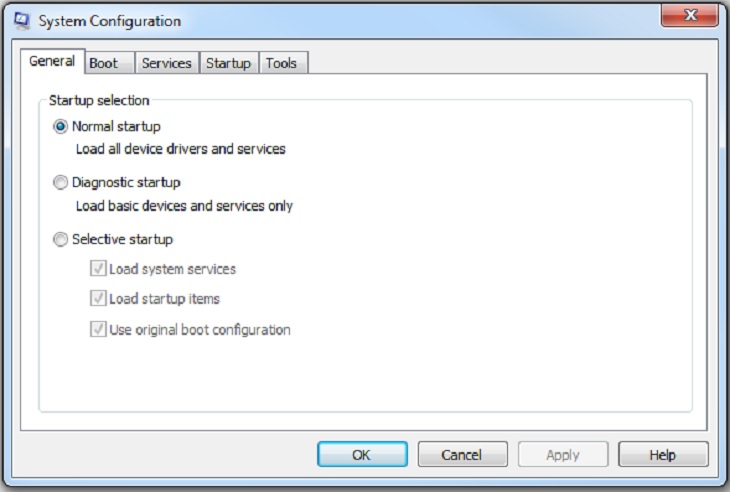
System configuration gives you powerful configuration options in a single window.
To access System configuration options, press the Windows + R keys and type "msconfig" in the "Run" dialog. You will then see multiple tabs to configure the system, like:
Here you change boot options, such as boot into Safe Mode, change the default operating system, and other similar boot options.
You can also go to "Advanced Options" to limit RAM usage as well as to control how much processor cores Windows should use.
In services, you can find a list of background services that start to work as soon as Windows starts up.
The majority of them are Microsoft services that you should not mess around with, but there is the option of selecting "Hide all Microsoft services" so that you can only see all third-party background services.
You should disable the background services that you don't want to use as they are using resources and can slow your computer down.
In Windows 8 and 10, this option has been relocated to Windows Task Manager.
Here you can see all the programs that start when Windows boots. To speed up your computer, you should disable programs that start up with windows.
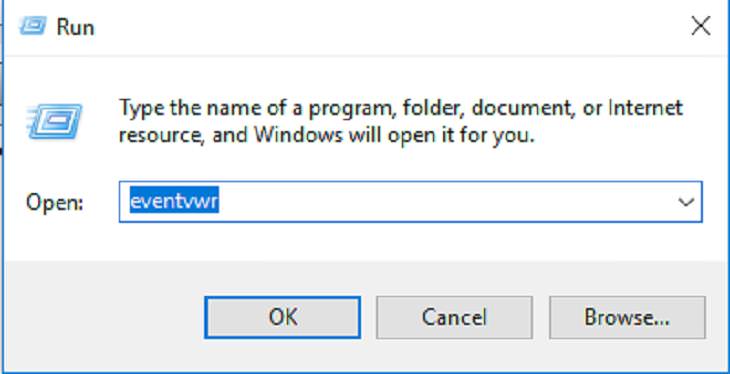
Windows keeps a record of all the events, which can be accessed in the Windows Event Viewer. It shows Windows services accessed, warnings and errors, and logins and other similar data that can be used for detecting activity or problems.
I usually use it to detect unauthorized access to my PC.
To access the Event Viewer, go to Control Panel > System and Security > Administrative Tools > Event Viewer. Alternatively, you can press Windows + R key and type "eventvwr" in the "Run" dialog.
Event Viewer can be used for many purposes, but detecting a problem is one of its main functions. In the main interface, Event Viewer will show all warnings and errors.
However, you don't need to pay attention to them unless you actually have a problem. Windows is very sensitive when it comes down to creating error logs, so even a slight change in behavior will lead to an error or warning entry in the Event Viewer.
If you've recently had a problem - like your PC crashed - then you can go to the Event Viewer and check the errors that occurred during that specific time. Double-clicking on an event will provide you with more details and solutions.

If you have Windows 8.1 or 10, then you can take advantage of the built-in data usage tracker to see how much internet data you have used. If you have limited internet usage, then this could save you from extra data usage charges.
To check, go to Settings and click on "Network & Internet." Here you will see the total data that you have used in the last 30 days in the "Data Usage" section.

Windows 8 and 10 both come with a native "Startup Repair" tool that will help you fix common startup issues that may be slowing your computer's boot process or even preventing Windows from starting.
If you can access Windows, then press and hold the "Shift" key and click the "Restart" button to restart Windows boot options. If Windows isn't starting, the boot options should open up automatically after 2-3 attempts.
In the boot options, go to Troubleshoot > Advanced options > Startup Repair. Then, just click on the "Startup Repair" option and it will automatically scan and fix any startup problems.
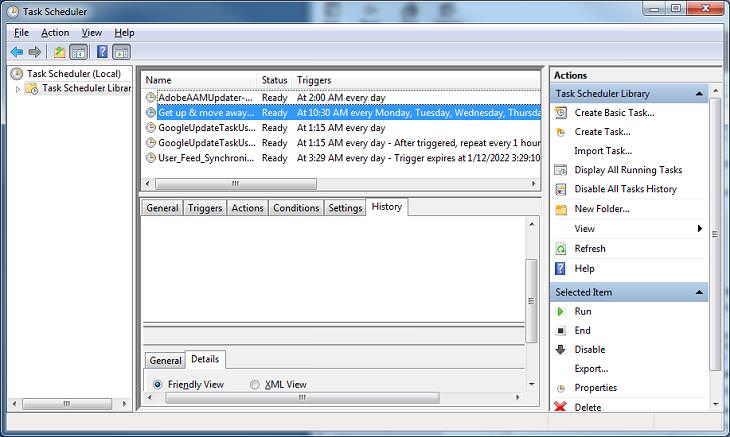
This is one of the most powerful tools that Windows has to offer, but it's often neglected. The Task Scheduler allows you to schedule important tasks and even handle daily tasks automatically without manual intervention from your side.
You can start up a program, use Windows functions, send emails or simply show an important message at a specific time or as a response to a specific event (for example, logging in). Want to scan your computer once a week with your antivirus program? Task Scheduler can do that for you.
If you want to take advantage of this tool, you can find it under Administrative tools or you can type "taskchd.msc" in the "Run" dialog.
To get started, click on the "Action" menu at the top and then select "Create Basic Task." A wizard will pop up and guide you through how to schedule a task.
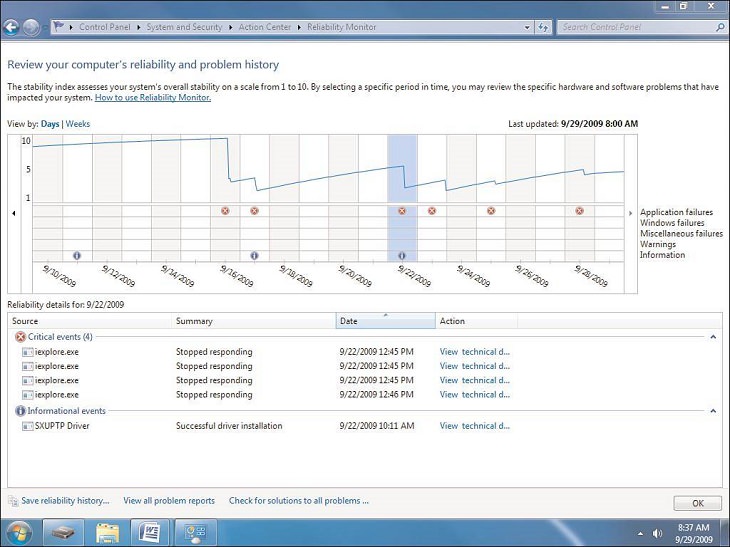
This is kind of like the Event Viewer tool, but it's very easy to read and only lists problems that are harmful.
If you have recently been having problems with an application or Windows, then the Reliability Monitor may be able to help.
To access this tool, go to Control Panel > System and Security > Security and Maintenance. Click on "Maintenance" and select "View reliability history."
Reliability Monitor will provide a performance graph over time complete with errors and problems listed under each day. You can then click on a day to see all the errors or events, and double-clicking an error will provide more details and solutions.
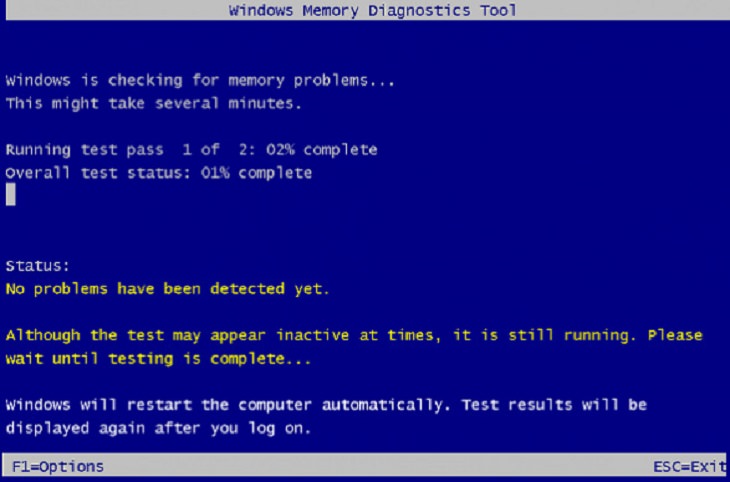
You don't need someone else to check whether the memory (RAM) of your PC is working or not, as Windows has a built-in Memory Diagnostic tool that does it for you. It will scan your computer for any memory issues and let you know of bad memory.
Note: A Memory Diagnostic scan requires your PC to restart. So save everything before using this function.
To access this tool, type "mdsched.exe" in the "Run" dialog and hit enter. You will then be asked whether you'd like to "Restart" and scan the PC. Choose the appropriate option and your PC will restart then start the Memory Diagnostic scan.
Once it has been completed (5-10 minutes usually), your PC will restart and you'll get a diagnostic report when you log in.
Source: hongkiat